Sometime during my first year of teaching, my principal burst into my classroom with a fist full of crumpled student work and started hollering about how disappointed she was with my bulletin board display. She scolded me for displaying sloppy student work and for wasting precious wall space on something that had nothing to do with my students’ learning.
I am a total people pleaser, so while she was yelling at me, I was trying my best to hold it together. But, as soon as she left, I had a total melt down. I couldn’t help but cry. I worked so hard my first semester, and I and thought that what I had put up on display outside my classroom was good enough.
But, I was wrong.
When I finally got to a point where I could reflect, I realized she was right.
-
The student work I displayed was sloppy. Some of it was incomplete and many pieces didn’t have a student’s name on it.
-
There was no title on my bulletin board. If someone looked at it, they would have no idea what they were looking at.
-
There was no apparent connection to current or past student learning.
-
And, there was nothing that made students or visitors even want to look at it. It was totally forgettable.
It was, as she said, wasted space.
That experience, as embarrassing and humiliating as it was, taught me an important lesson. Everything I do as a teacher needs to be done with intention. That includes what I decide to display on my walls and how I decide to display it. There is definitely a way that you can intentionally display student work, anchor charts, or even inspirational posters.
It’s not necessarily what you post that is the most important, it’s how you post it.
So, if you are a reading teacher, and you are planning on having a focus wall or a strategy board, keep reading. I have some ideas on how you can make your focus wall interactive and truly student-centered.
But first…
What should I include on my reading focus wall?
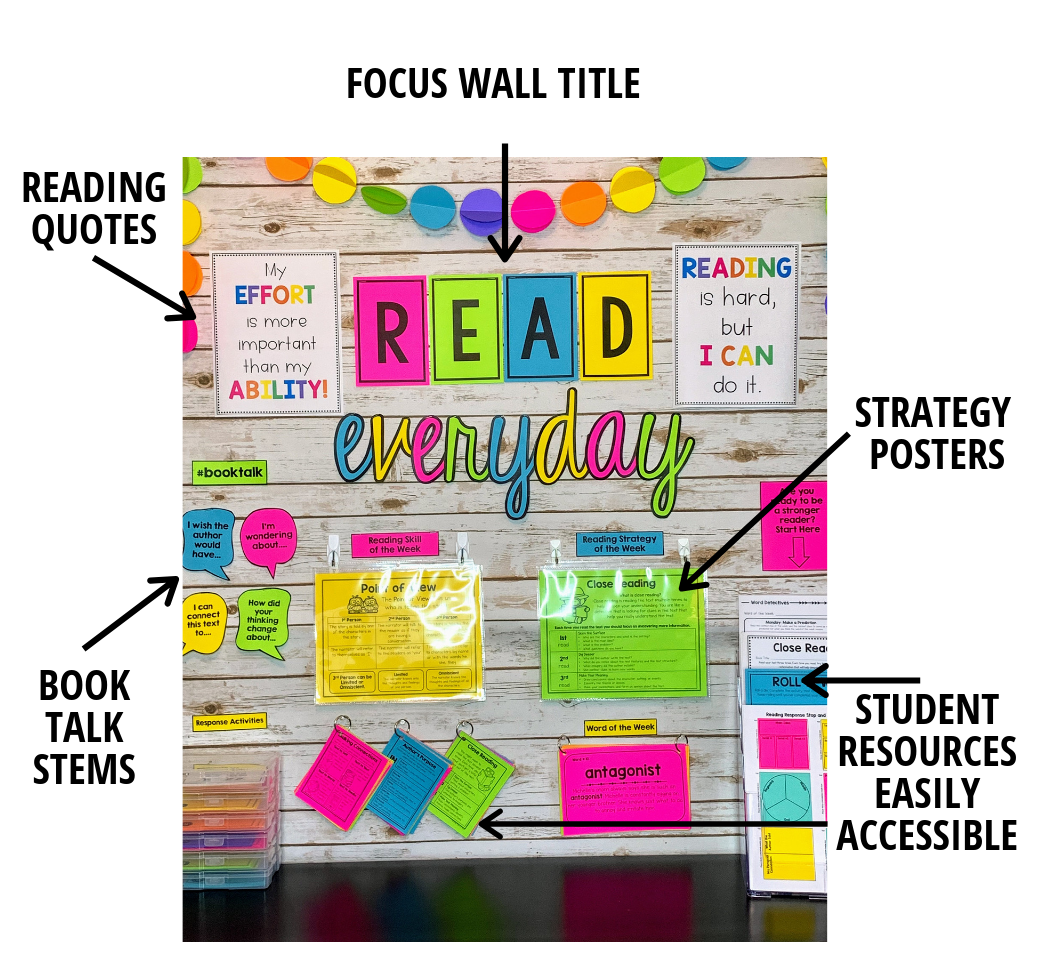
-
Title – All of your bulletin boards should have some title of sorts. Rather than just calling this your “Reading Focus Wall” consider giving it a more intentional title. I like using the title “Read Everyday”. After all, that is what we want our students to do and maybe if they read that title often enough it will finally sink in.
-
Inspiration – We all need a healthy dose of inspiration and motivation to make it through the day. So many of our students don’t LOVE reading the way we want them to. It is important to help give your student a growth mindset around reading. I love posting inspirational quotes or positive messages related to reading on my focus wall.
-
Reading Strategies & Skills – In my opinion, this is the whole reason why you have a focus wall. To encourage your students to use the strategies and skills you teach them. I love the idea of displaying anchor charts of the skills or strategies that have been taught. I think it’s important to limit the content displayed so students don’t feel overwhelmed.
-
Book Talk Stems – This is another student friendly tool that works great on a reading focus wall. I love giving students sentence stems to help them talk about books with their classmates. If students have a hard time coming up with something meaningful to contribute to a read aloud or book talk discussion, these book talk stems can help get them started.
-
Student Resources & Practice Pages – I love using the reading focus wall as a space to store student strategy rings or student resources such as sticky note templates, graphic organizers, or anchor charts. If all of your reading tools are located near the focus wall, students will have a reason to go near it and to engage with the content.
How to make your reading focus wall interactive:
So, now that you have a cute little bulletin board displayed in your classroom, you are ready to make sure that it is interactive. When you implement these tips and tricks, your students will really be able to use your focus wall as a learning tool rather than something that just blends in.
Here are my suggestions:
Build the focus wall with your students. On the first very day of the school year, you have taught absolutely nothing to your students. It is completely fine if your focus wall reflects what you have taught. As you get to know your students as readers, you can start to build the focus wall with them. Maybe part of your weekly routine is to come up with the inspirational quote you want to display each week. As you teach them reading habits and behaviors and strategies you can add to the board. Students are curious by blank spaces. If they see an empty bulletin board, chances are they will either ask you why it is empty or what is going to go there. In either case, you can tell them to stay tuned.
Make the content rotating. I’ve seen a lot of pictures of bulletin boards that will list out all of the strategies and skills students will learn during the year. But, if your reading focus wall displays the same thing for the entire year, or even the entire semester, then your students never have a reason to look back at the board. If the content doesn’t change, then students have no reason to look back at it. If you want your students to use the information on your reading focus wall, then the content needs to change on a regular basis.
Include student resources on the focus wall. If you want your students to pay attention to the board, then put resources on or near the board that they will want to use during their independent reading. I like to include a few reading strategy rings on a hook. Students can come grab them during independent reading time. You can also include a display stand that has sticky note templates, graphic organizers, or reading response activities for students to use during independent reading time. Again, if this is the central location for students to come and grab reading materials, then they will see the content that is on the board.
Make it a student’s job to change the content. If you treat the reading focus board as more of a review of the reading skills and strategies you’ve taught, then your students can be the ones to change out the display every week. Each week you could put a few students in charge of the board. The students get to select the anchor charts to display for the focus skill and strategy and they can change out the thinking and talking stems. If students are the ones that are deciding on which skills and strategies to highlight, then you can guarantee they are reading through all the content before it goes up on your board.
Pro Tip: Have students change the reading focus board on Fridays at the end of the day. Then first thing Monday morning, have the two students that updated your board give a brief presentation to the rest of the class. They can explain the focus skill or strategy and share the new talking and thinking stems. Students love having responsibilities and they love when they get to be teacher. This is a great way to engage students in a meaningful way in the review of reading strategies and skills you have taught.
I’ve got a free gift for you!
Favorite Genre Reading Flowchart
Help your students fall in love with reading with this fun and engaging flow chart. This flowchart is a twist on a classic reading inventory and will help students discover the type of book they should read next. Students can go through this reading flowchart several times and get different answers each time. It’s such a fun way to help students explore different genres.
This is such a fun tool to share with students anytime they are in a reading rut and are looking for new genres to explore.
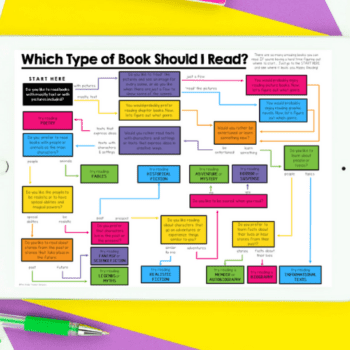
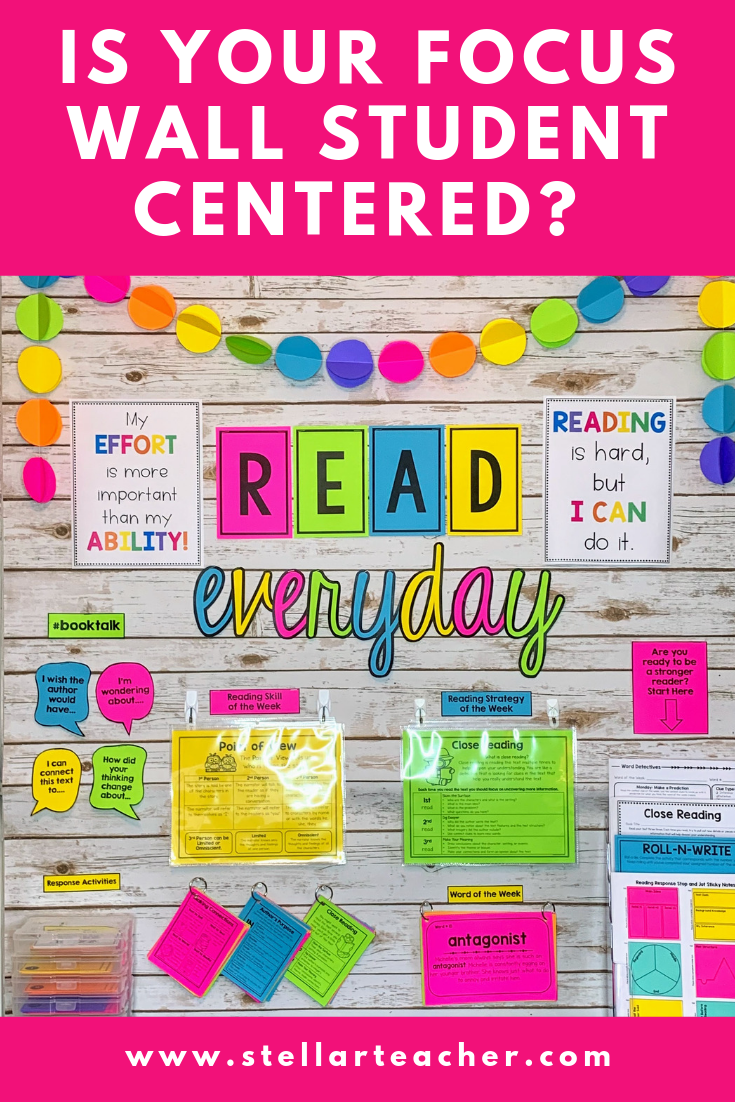



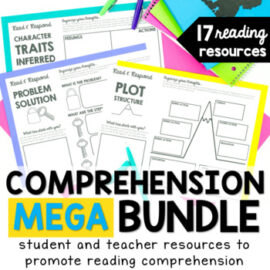
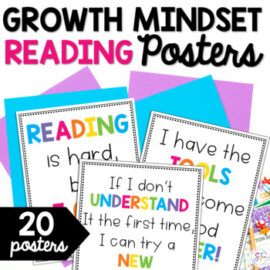
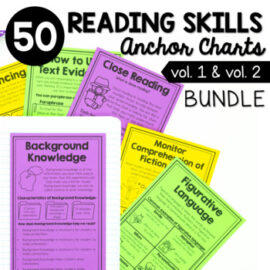
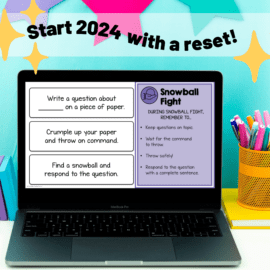
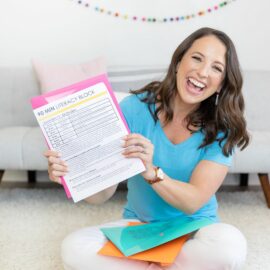





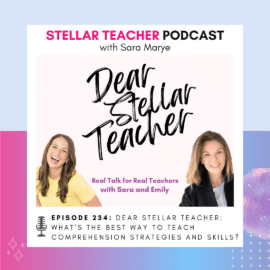




Leave a Comment
You must be logged in to post a comment.